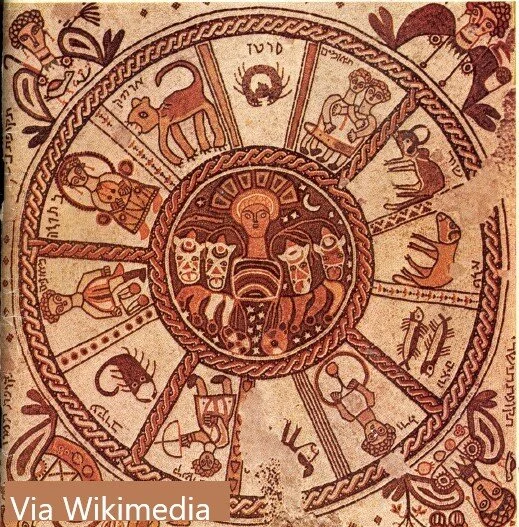Our Complicated Calendar
“Thirty days hath September, April, June, and November.
All the rest have thirty-one,
Except for February, which has 28 in fine,
And Leap Year makes it 29.”
That’s the version I learned, but Wikipedia lists six variations, and acknowledges that there are many more…..none of which is any help when it comes to Jewish Leap Years.
We often talk about how the holidays are “early” or “late” this year – mainly in relation to the secular (Gregorian) calendar. It’s because the Jewish calendar is essentially lunar, but it’s adjusted to keep in sync with the solar calendar, so our holidays stay in the right season. Pesach and Tu BiShevat are Spring holidays. Sukkot is a Fall (harvest) holiday. A lunar month (from new moon to new moon) is about 29 ½ days, making a lunar year (12 months) about 354 days long. Since that’s about 11 days shorter than a solar calendar, we needed a mechanism to make sure the seasonal holidays stay in their season. And of course, once those holidays are anchored to a particular time, they hold the other holidays down as well.
How we do it is fascinating….and complicated: we add an extra 30-day month roughly every three years. The month we add is Adar. (Technically, we add it before the existing Adar, and call it Adar 1 and the regular one Adar II!) But if you do the math, you’ll notice that this only adds 30 days, while we need 33 over the course of 3 years. So, instead of every 3 years, sometimes the extra month is added after two years. In a 19-year cycle, we have a leap year on years 3, 6, 8, 11, 14, 17, and 19.
So far, so good.
Here’s where it gets tricky. There are a lot of rules around when Rosh Hashanah can and can’t fall. Why Rosh Hashanah? Because it’s the start of the New Year. (All those other New Years we talk about might be the subject of some other blog some other time, but Rosh Hashanah is where we count our years from, so it’s the regulator).
First of all, Rosh Hashanah begins on the new moon that’s roughly 354 days (384 for a leap year) from the last Rosh Hashanah.
Second, if the new moon appears after noon, the year starts the next day. (Remember that our days actually start the night before, so that would be the night you’d first see the new moon.) But if it appears before noon, it starts that day (because it would have been visible the previous night.)
Third, Rosh Hashanah can’t be on a Wednesday or Friday. Why? Yom Kippur can’t be on a Friday or a Sunday. If it were on a Friday, how would you cook for Shabbat? If it were on a Sunday, how would you cook you last meal for before a 24 fast on Shabbat, when traditionally, you can’t cook? It also can’t be on a Sunday, because then the last day of Sukkot (Hoshana Rabba) would be on a Saturday, and traditionally there’s a lot of smashing of the lulav, which woudn’t be a permitted Shabbat activity.
Also, a regular year can’t be 356 days (or longer), and a leap year can’t be 382 days (or shorter). Otherwise, the syncing with the seasons…..doesn’t sync.
Because of all these limitations, when the Rabbis regularized our calendar back in the 300’s, they made two months flexibly 29 or 30 months. All the others have a fixed length of either 29 or 30 days. By looking ahead at what any given length of month would do to Rosh Hashanah, they adjust the length of those two flexible months. So, a regular Jewish year can be 253, 254, or 255 days long, and a leap year can be 283, 284, or 285 days long. With all the different combinations and adjustments, it actually takes 28 years for the calendar to arrive back at a time when every date occurs on exactly the same day of the week as previously.
Here’s a chart of the lengths of the months, and the most major which fall in them.
Since our days technically start the evening before, these are the dates of the “erevs” the night before.
If you can come up with a rhyme for our months or our leap years, we’d love to hear it!
Do you need a list of the Jewish holidays? Ours features both traditional and liberal dates, and is sized to hang on your fridge or bulletin board. Grab it on our Free Downloads page.



